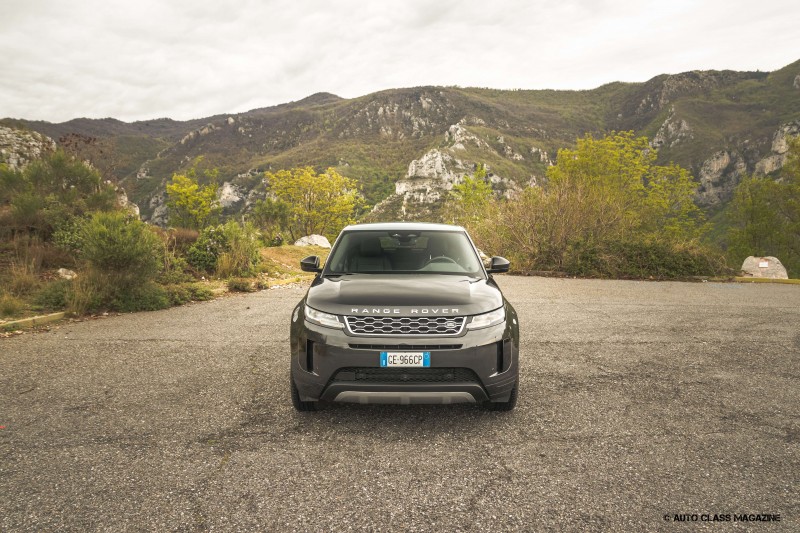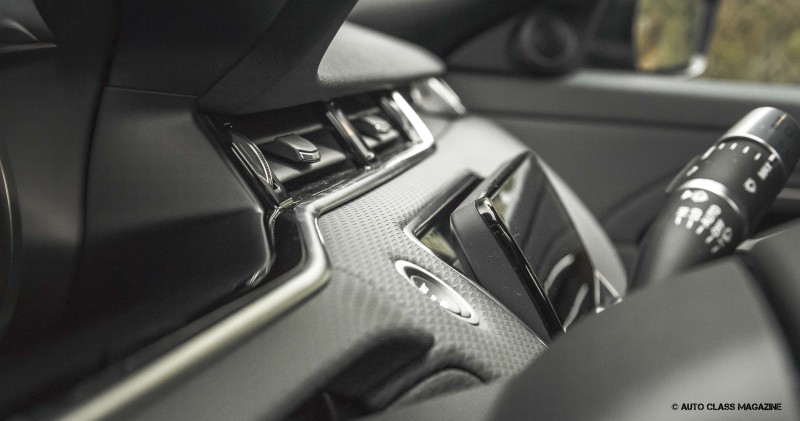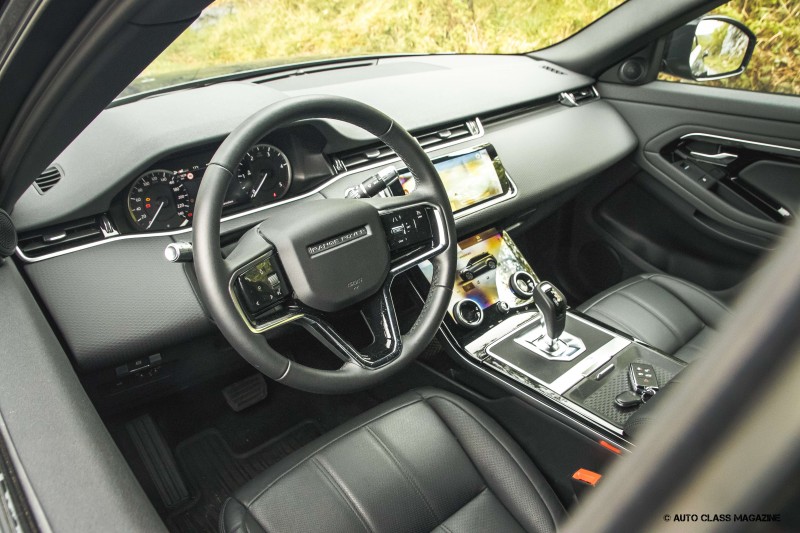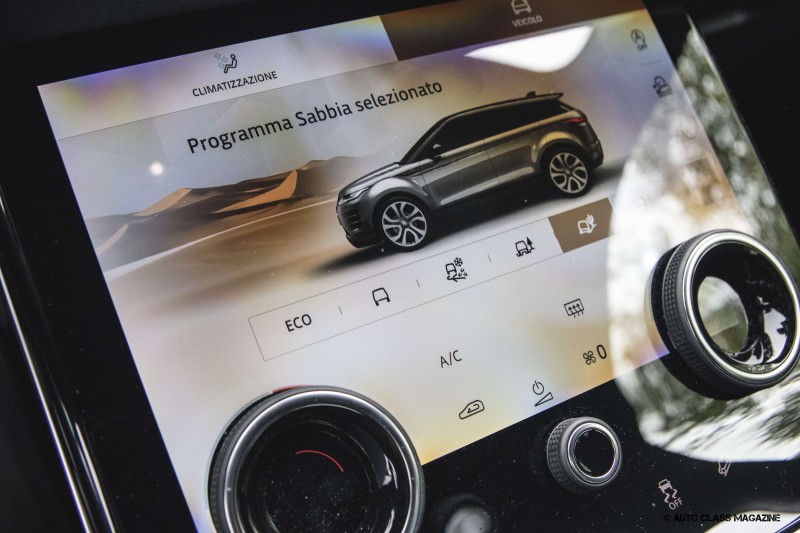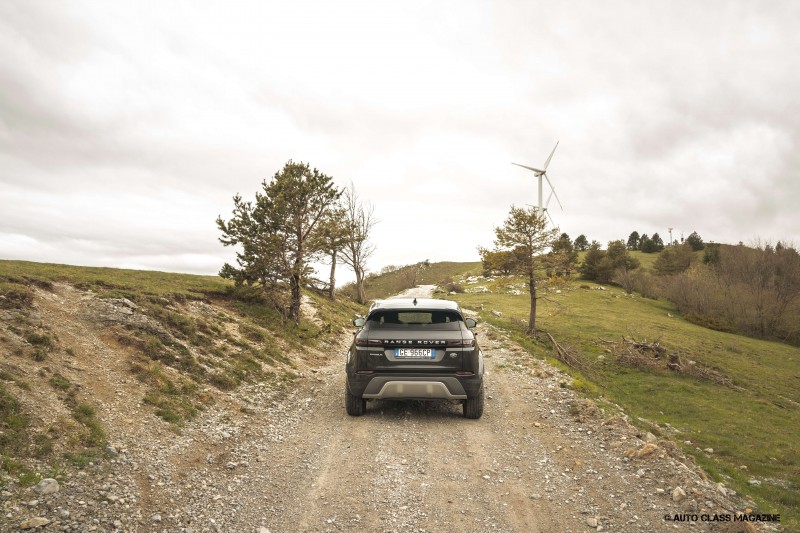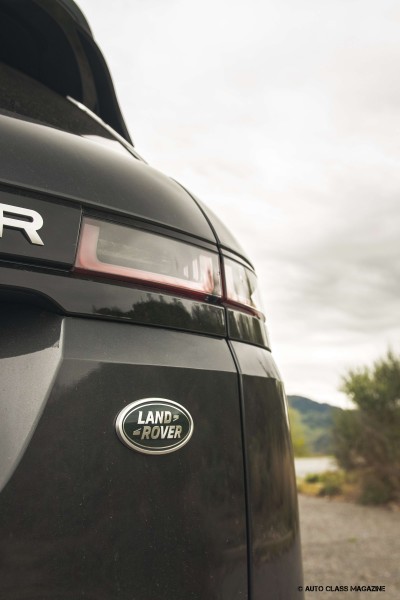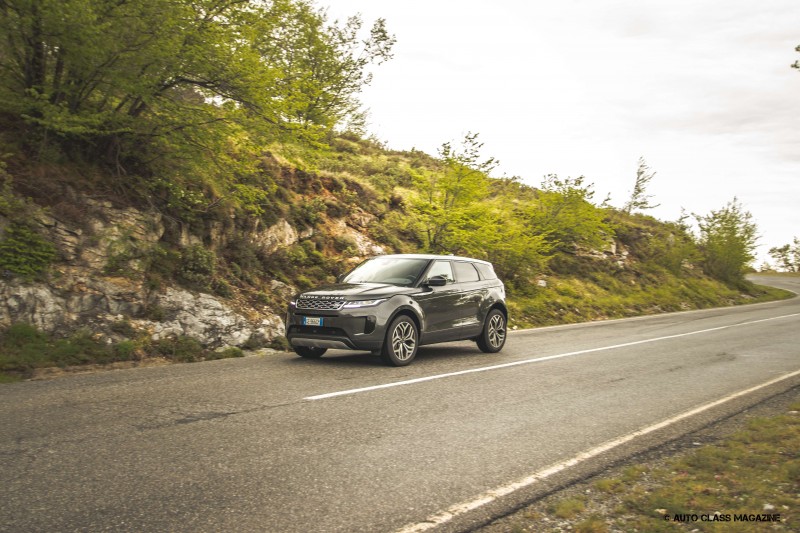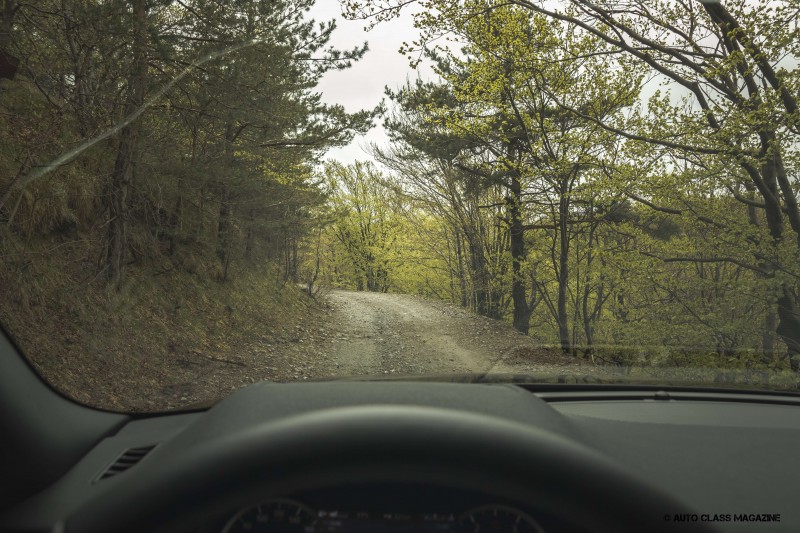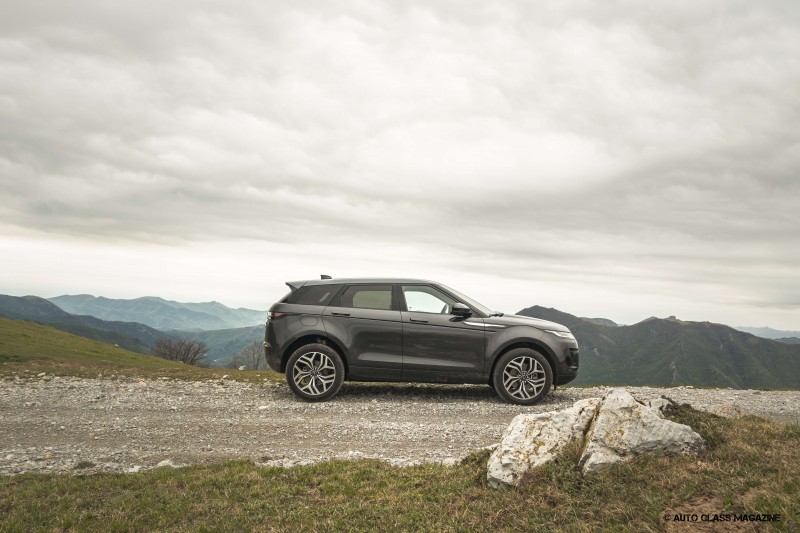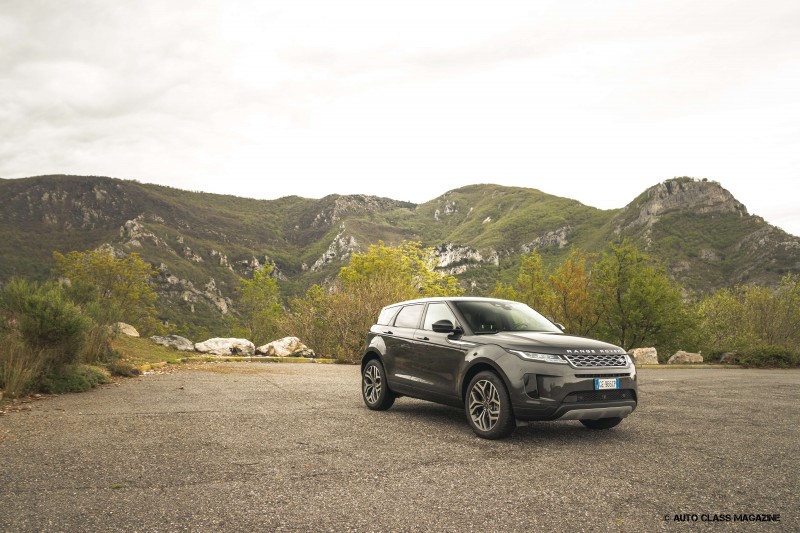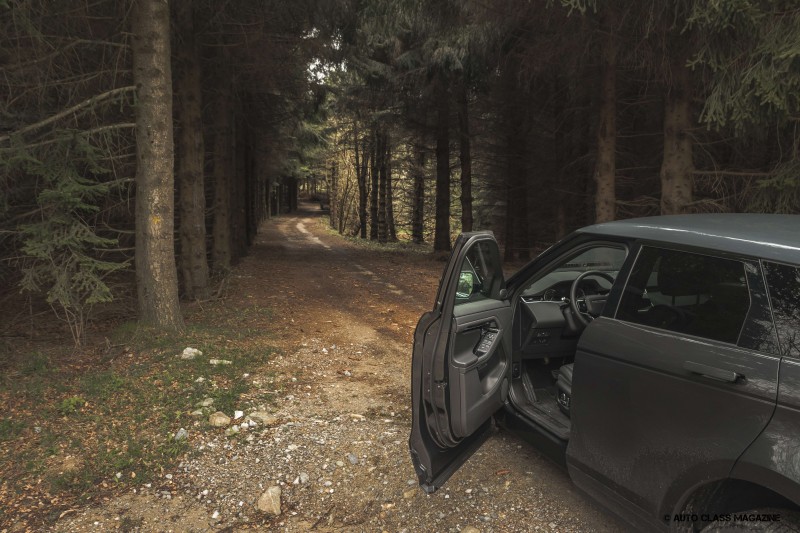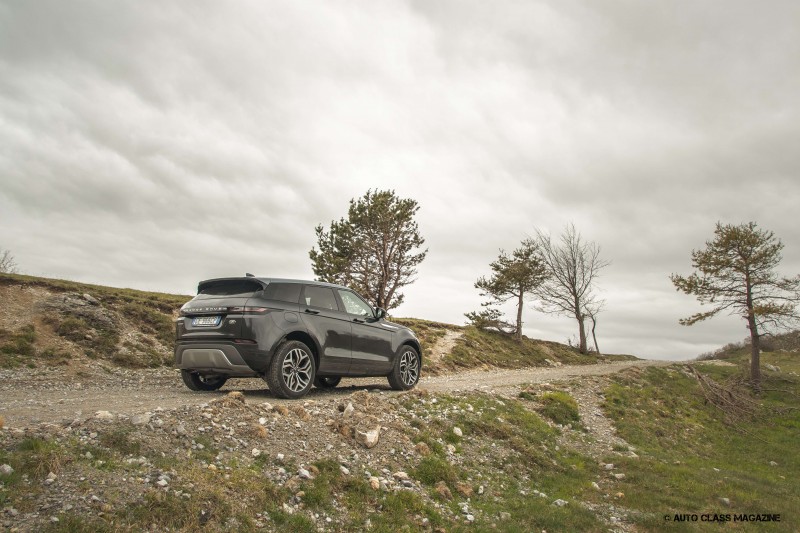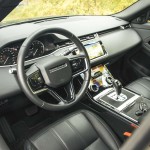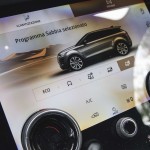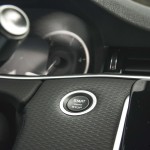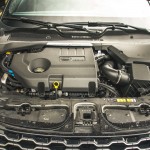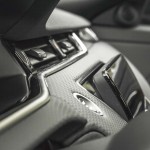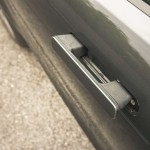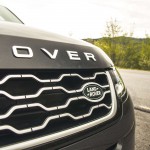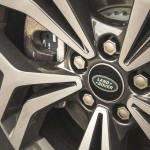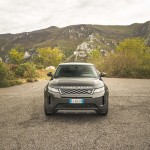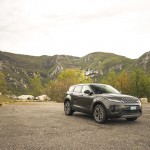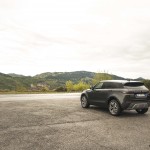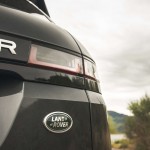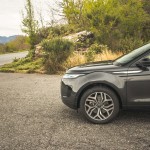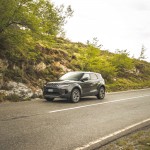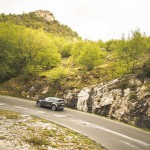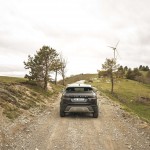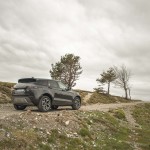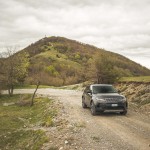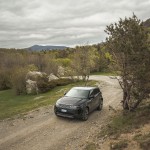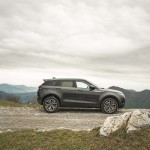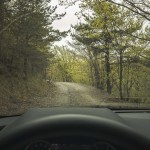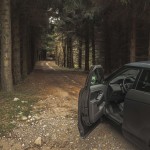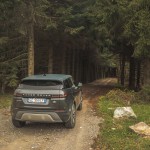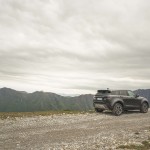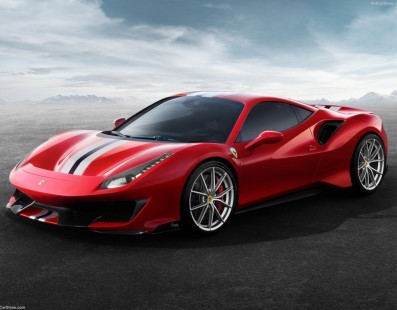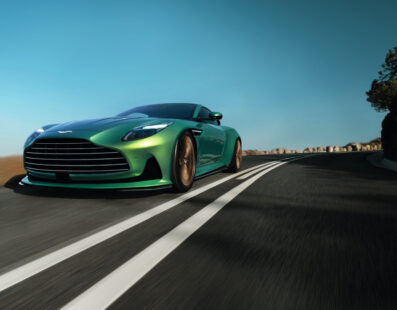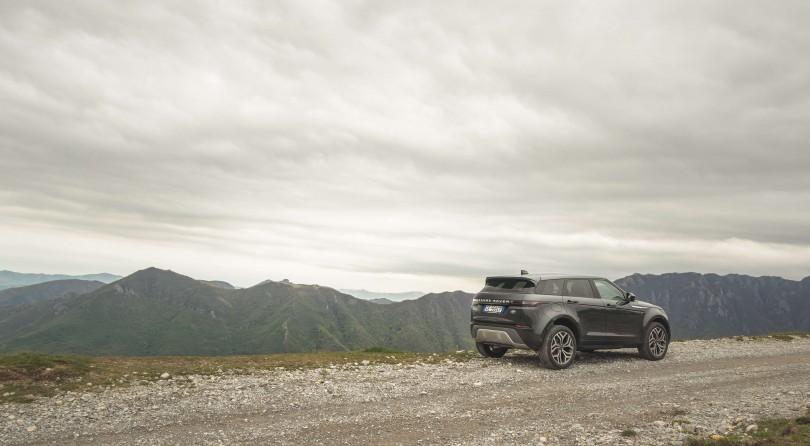
Range Rover Evoque | Test Drive
Words Andrea Albertazzi / Photos S. Lomax
When I think that almost 10 years have passed since Land Rover first introduced the Evoque, I really realize how time flies. It was 2012 and the Range Rover range welcomed one of its luckiest models. Defined by many as the more fashionable and compact version of its bigger brother, the Evoque actually represented much more than a commercial success, as it allowed the brand to further expand its presence in a market segment that not necessarily spends weekends in the woods. The Range Rover Evoque is a compact SUV, it is still an excellent climber who keeps the brand’s DNA alive in terms of dirt roads, but does not disdain narrow city streets, traffic and those shorter journeys that reward practicality and maneuverability, without forgetting – in its very case – a deliberately biting look.
In 2019, after a slight middle-aged restyling, the Evoque is reborn and succeeds in the unthinkable feat of making the previous generation grow older in the blink of an eye. This is due to the subtle aesthetic interventions adopted by Land Rover with the sharp design of the most recent models and therefore thinner headlights and a front-end now even more imposing. The traits borrowed from the wonderful Velar do not stop here however, because even the retractable handles give greater fluidity to the side design of the Evoque, now only available with a five-door body. Everything is completely new, like the platform which, despite leaving its overall length of 437 cm unchanged, offers an extra 2 centimeters to the knees of the rear occupants, not at all sacrificed as the third pillar and above all the rear window would suggest. Fortunately, on-board technology is now close to state-of-the-art quality and in this case we can only thank the various cameras scattered pretty much everywhere, even on the fin of the roof, capable of projecting a high-definition image in the central rearview mirror.
The trunk also increases its capacity, while among the numerous engines at disposal we also have hybrid variants, both for petrol and diesel units such as the one in our hands, a quiet 2-liter with 163 horsepower, combined with a small electric unit that recovers enough energy to allow truly amazing distances, especially if we take into account a weight that, with liquids and driver on board, touches 2 tons. Mild-Hybrid – right – but in this case there is no possibility to move without calling into question the proper engine, after all the Evoque has other priorities, first of all the comfort offered to the occupants, especially the driver and the front passenger. It is in fact approaching the car and getting on board that you immediately perceive the remarkable qualitative leap achieved by a redesigned dashboard and which rewards soft surfaces that fit well with the two large 10” touch screens, one above that tilts slightly once the engine is switched on and a lower one, through which to manage, for example, the latest generation Terrain Response.
No more wheel-knob in the middle tunnel then, but the traditional gear lever is back, through which to act on the 9-speed automatic with the possibility of sequential mode (Sport), while struggling on any type of terrain is just a fingertip away. The touch screen is precise and fast and among the 7 modes offered we also have the one that leaves the task of managing traction, ground clearance and steering modularity to the on-board system. Finally, the situation can be kept under control through the Ground View Technology, which thanks to a combination of front cameras offers a “transparent” visibility of the road ahead. The Off-Road view is useful too, this times looking right at the wheels, so as not to risk the rims and the bodywork of what is still an SUV that will be at ease on the road, as much as two millimeters from a precipice. For the more extreme drivers, inside the engine compartment there is also an air intake which, through a special vent through the hood, allows to cross rivers with water up to 660mm.
It is thanks to these traits that I decide I will not spend any more time in the city, despite the compactness of the car body and the raised seating position allow me to struggle even in the most persistent traffic jams. When I look at the Land Rover badge or the large Range Rover lettering that stands out at the base of the bonnet, all I want to deal with is a dirt road, a backpack with a few sandwiches to fill with ham and cheese and the sound of the wind to keep me company. The version with 163 horsepower is not a sprinter, but the reduced cavalry rewards truly surprising fuel consumption that stops at 5.3 l/100 km, including motorway, urban commute in first gear and my current climb into the heart of the Colle Scravaion, the wildest area next to one of the famous stages of the Sanremo Rally.
With the car in Comfort mode and the gearbox managing the gears on its own, the kilometers are literally swallowed up without the slightest effort, but it is when the asphalt becomes rougher that things start to get serious. In fact, as the suspensions prove to be precise, favoring the best behavior on the road, the system is able to adapt immediately to a road surface plagued by holes and dirt. Then comes the dirt path, the inclination becomes more consistent and the vegetation denser. We haven’t seen a soul for several kilometers now and the only sound you could here is that of our Range Rover’s 4-cylinder turbodiesel hybrid pot. Hands firmly on the steering wheel, nothing more than first and second gear and we keep going without the slightest uncertainty, aided by an on-board technology that simplifies life especially in the tightest sections or when I prefer to be sure and prevent the underbody and bumpers from being damaged. Downhill, all I need is to activate the Hill Descent Control and the electronics prevent the wheels from locking, while a few kilometers later I decide to engage Terrain Response and its Auto mode, so to make sure that the car-brain decides in the best possible way how to behave on gravel and come out of a stretch made more treacherous due to a few centimeters of mud.
The Evoque, which a few hours earlier was glamorously parked in front of some boutique, comes out with extreme ease and takes me to the top of the hill, where a thick blanket of clouds and a strong wind are waiting reminding why this area is the ideal place for positioning a bunch of gigantic wind turbines. Observing it in its natural habitat, surrounded by nature, with wheels and sides dirt in mud, confirms that not all SUVs are able to bring together two dissimilar aspects such as the urban environment and the more distinctly wild one. In between these two extremes, however, we also have an on road behavior that will satisfy even the most demanding drivers also showing no body roll at all. The icing on the cake is then its avant-garde appearance once again able to shine with its own light, making this a proper Range Rover.
After my packed lunch and after having let my eyes to run free in the valley that develops on the north side, I decide to continue and climb over the regional border between Liguria and Piedmont, finding a road in precarious conditions, but that does not worry an Evoque able to surprise and make even the most difficult of obstacles a child’s play. After an abundant half hour of driving in total nothingness, I decide to stop once again and breathe deeply the fresh and uncontaminated air that only these places are able to offer. Time to come back making use of the many cameras the car is equipped with. The return slips away in a flash and after less than a couple of hours I find myself stuck in traffic, in the midst of many cars that in most cases manage to do well only one of the many things in which the new Range Rover Evoque is able to excel. And when you remain so pleasantly convinced just driving an entry level model, with a modest engine and an aesthetic package that lacks the sportier characterization that would make the car infinitely more attractive, it means that what we have in front of us deserves – once again – a standing ovation.
RANGE ROVER EVOQUE 2.0D MHEV
Engine 4 cylinder TurboDiesel, 1.997 cc Power 163 hp @ 3.750 rpm Torque 380 Nm @ 1.500-2.500 rpm
Traction All-Wheel-Drive Transmission 9-Speed Automatic Gearbox Weight 1.816 kg
0-100 kph 9,8 sec Top Speed 200 kph Price €40.500

